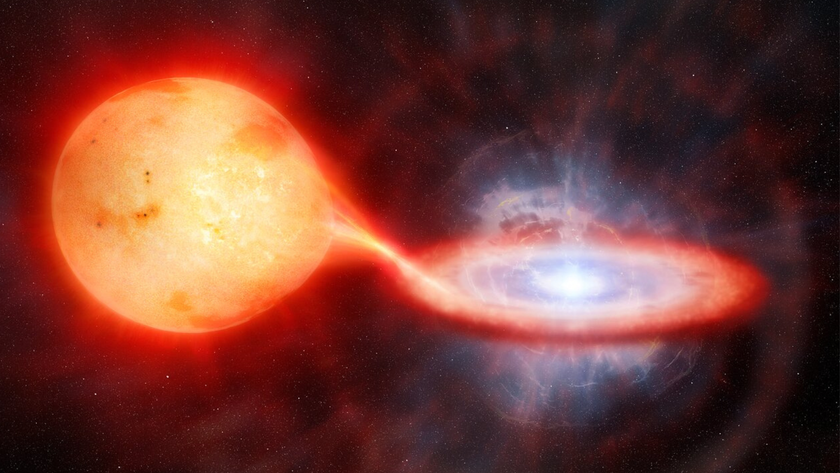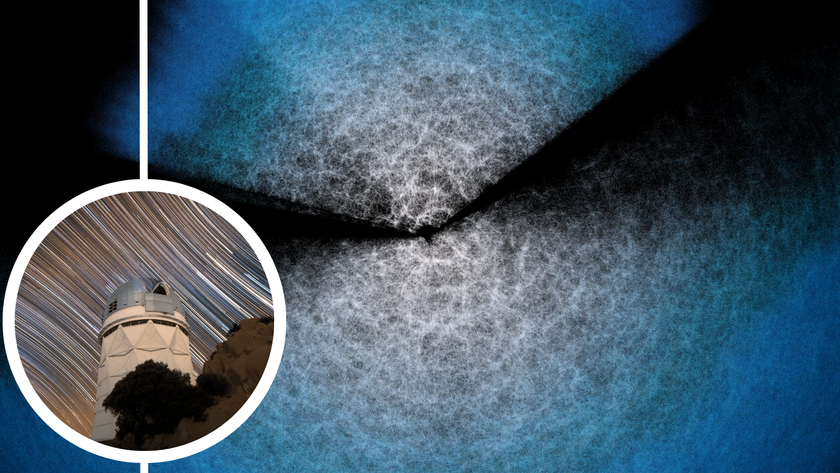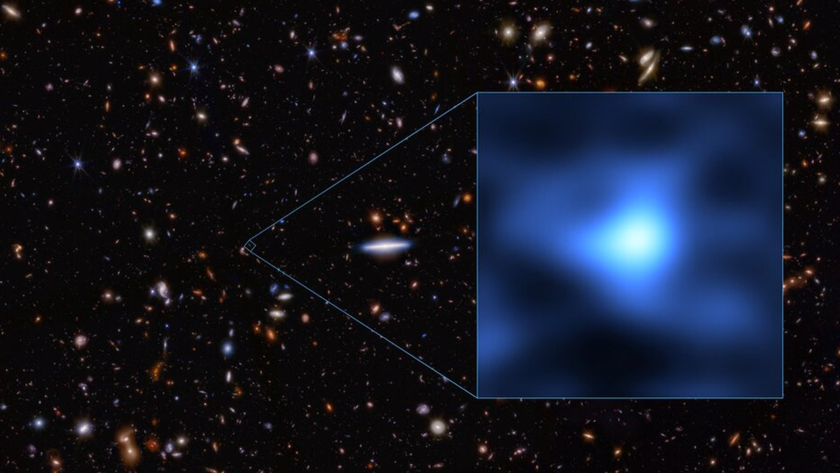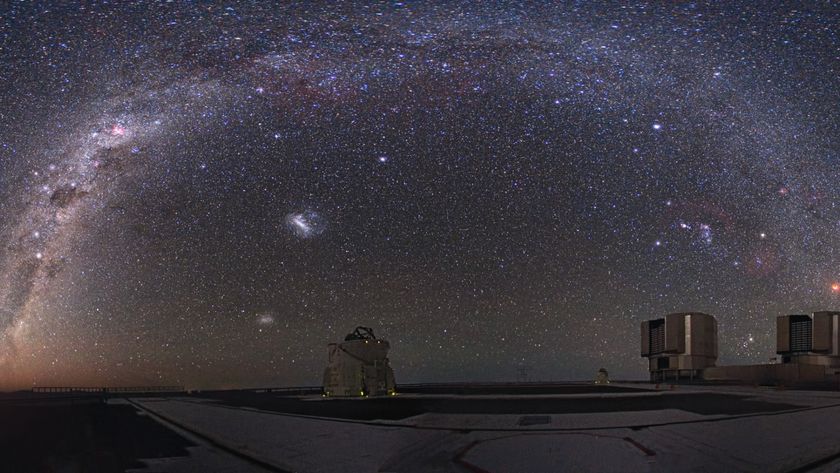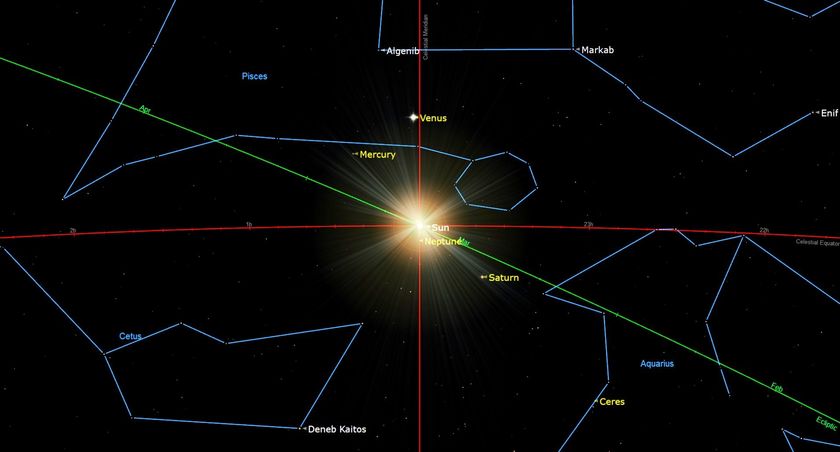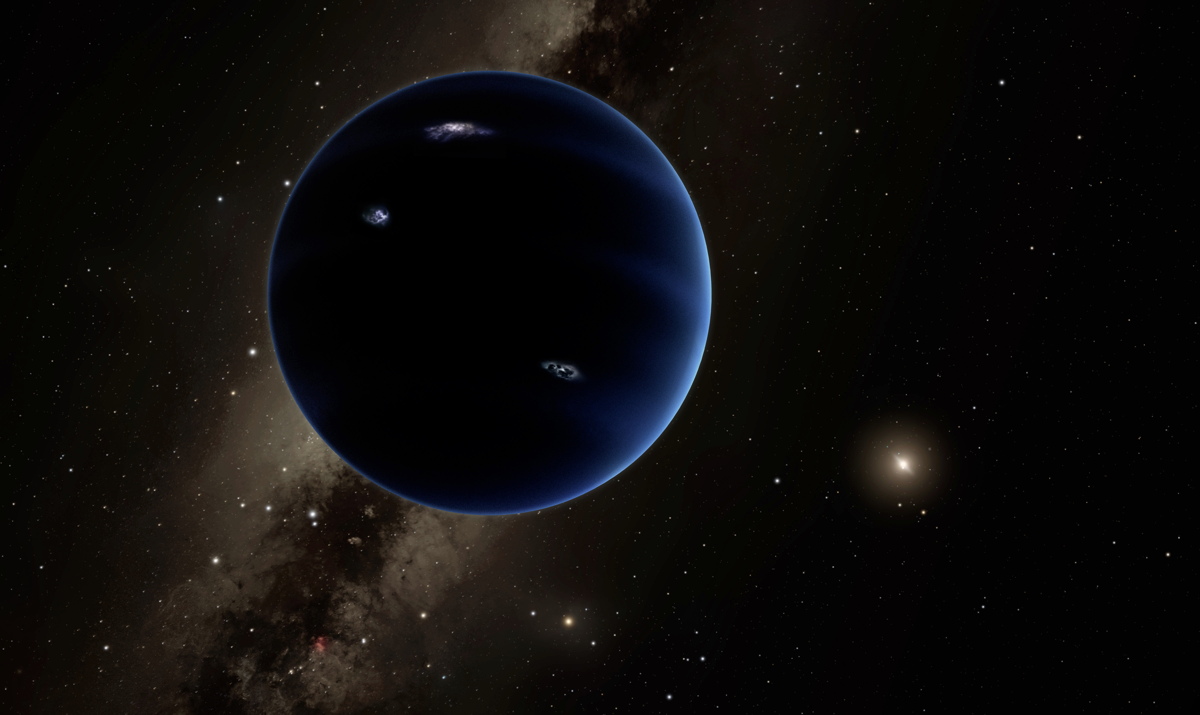
The bullying presence of a big, undiscovered "Planet Nine" isn't necessary to explain the strange orbits of a handful of objects in the outer reaches of the solar system, new research suggests.
Last month, Konstantin Batygin and Mike Brown, both astronomers at the California Institute of Technology (Caltech) in Pasadena, proposed the existence of Planet Nine, a world perhaps 10 times more massive than Earth that orbits far beyond Pluto, completing one lap around the sun every 10,000 to 20,000 Earth years.
Batygin and Brown didn't see Planet Nine; rather, they inferred its existence based on the odd orbital characteristics of six bodies in the "scattered disk" portion of the Kuiper Belt, a realm of icy bodies that lies beyond Neptune. For example, these six objects all have similar "arguments of perihelion." ['Planet Nine' Worlds Are the Most Common Ones We Know (Infographic)]
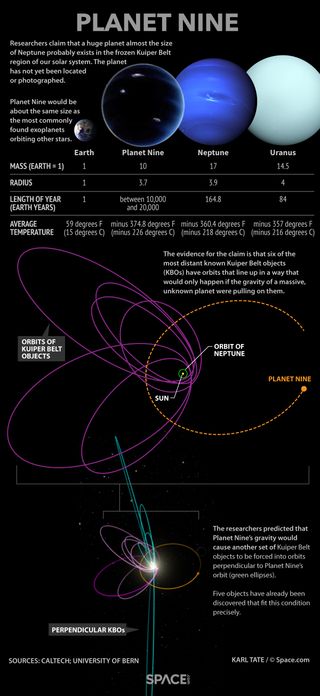
A body's argument of perihelion is basically the ratio of how much it pitches (wobbles forward or backward) to how much it rolls (moves left or right) as it orbits the sun, said Ann-Marie Madigan, a postdoctoral researcher at the University of California, Berkeley. This characteristic should be random from one Kuiper Belt object (KBO) to another, she added.
Imagine seeing a number of boats spread across San Francisco Bay that are all pitching and rolling in the same direction, and with the same pitch/roll ratio, Madigan said Jan. 26 during a talk at the SETI (Search for Extraterrestrial Intelligence) Institute in Mountain View, California.
"That would be really strange," Madigan said. "And so this is why it's so strange that these minor planets in the outer solar system are doing this."
Therefore, something must be shaping the orbits of these far-flung bodies, the reasoning goes. Batygin and Brown believe the culprit is the hypothesized Planet Nine; their computer models suggest this undiscovered world is about 10 times more massive than Earth and orbits the sun on a highly elliptical path, coming within perhaps 200 astronomical units (AU) of the sun and getting as far away as 600 to 1,200 AU. (One AU is the average distance from Earth to the sun — about 93 million miles, or 150 million kilometers. For perspective, Neptune orbits 30 AU from the sun, and Pluto never gets more than 49 AU from our star.)
Get the Space.com Newsletter
Breaking space news, the latest updates on rocket launches, skywatching events and more!
But Madigan and her co-author Michael McCourt of the Harvard-Smithsonian Center for Astrophysics say there's another possible explanation. Modeling work performed by the duo suggests that the scattered-disk objects could "self-organize," pushing and pulling each other into their unusual orbits — as long as there are a whole lot of them out there. ['Planet Nine': Facts About the Mysterious World (Infographic)]
If the total mass of all of the minor planets in the scattered disk is roughly equivalent to the mass of Earth, the resulting orbit shaping would have occurred within about 600 million years of the solar system's birth, Madigan said during her SETI Institute talk.
"So we really need that much mass in minor planets for this to happen in the solar system," she said. "If there was much less mass, this wouldn't occur [with]in the age of the solar system."
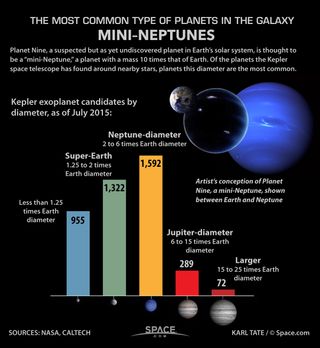
The implication, Madigan added, is that "we should have a new Kuiper Belt that's far more massive than the current-day Kuiper Belt, at larger distances, and preferentially lifted off the plane of the major planets."
Batygin and Brown considered Madigan and McCourt's "inclination instability" idea, which will be published next month in the journal Monthly Notices of the Royal Astronomical Society: Letters. But Batygin and Brown regard the prospect of Planet Nine as more probable, in large part because, they say, surveys suggest the scattered-disk region doesn't harbor nearly enough minor planets.
"To this end, it is worth noting that although the primordial planetesimal disk of the solar system likely comprised tens of Earth masses, the vast majority of this material was ejected from the system by close encounters with the giant planets during, and immediately following, the transient dynamical instability that shaped the Kuiper Belt in the first place," Batygin and Brown wrote in their Planet Nine paper, which was published online last month in The Astronomical Journal.
"The characteristic timescale for depletion of the primordial disk is likely to be short compared with the timescale for the onset of the inclination, calling into question whether the inclination instability could have actually proceeded in the outer solar system," they added.
This astronomical debate should be settled by observations in the coming years. If Planet Nine exists, powerful instruments such as the Subaru Telescope in Hawaii should be able to spot it, Brown has said. And surveys using big ground-based scopes should also be able to determine if a massive disk of minor planets does indeed circle the sun far beyond Pluto's orbit, Madigan said.
"We need more mass in the outer solar system," she said. "So it can either come from having more minor planets, and their self-gravity will do this to themselves naturally, or it could be in the form of one single massive planet — a Planet Nine. So it's a really exciting time, and we're going to discover one or the other."
Follow Mike Wall on Twitter @michaeldwall and Google+. Follow us @Spacedotcom, Facebook or Google+. Originally published on Space.com.
Join our Space Forums to keep talking space on the latest missions, night sky and more! And if you have a news tip, correction or comment, let us know at: community@space.com.

Michael Wall is a Senior Space Writer with Space.com and joined the team in 2010. He primarily covers exoplanets, spaceflight and military space, but has been known to dabble in the space art beat. His book about the search for alien life, "Out There," was published on Nov. 13, 2018. Before becoming a science writer, Michael worked as a herpetologist and wildlife biologist. He has a Ph.D. in evolutionary biology from the University of Sydney, Australia, a bachelor's degree from the University of Arizona, and a graduate certificate in science writing from the University of California, Santa Cruz. To find out what his latest project is, you can follow Michael on Twitter.


